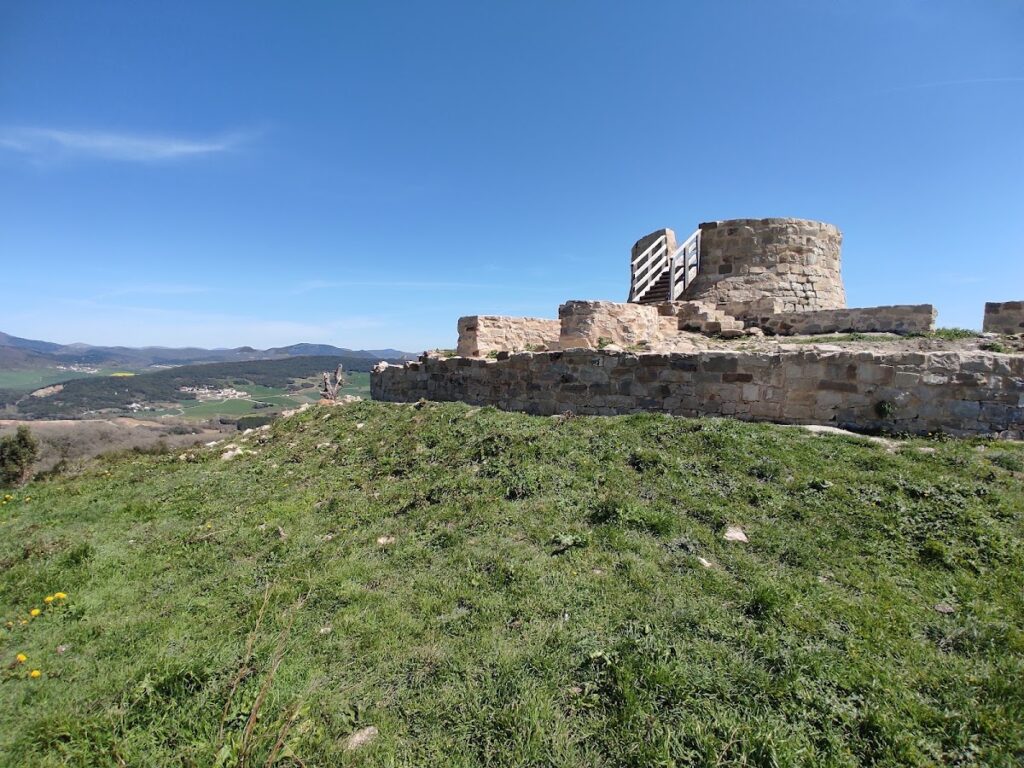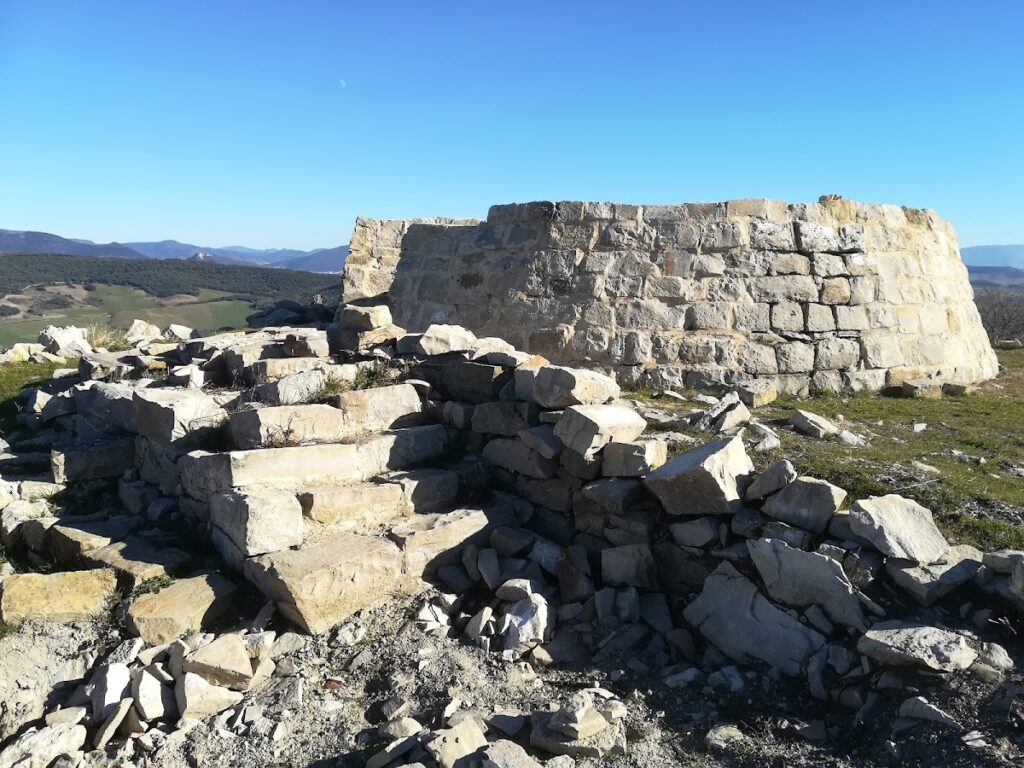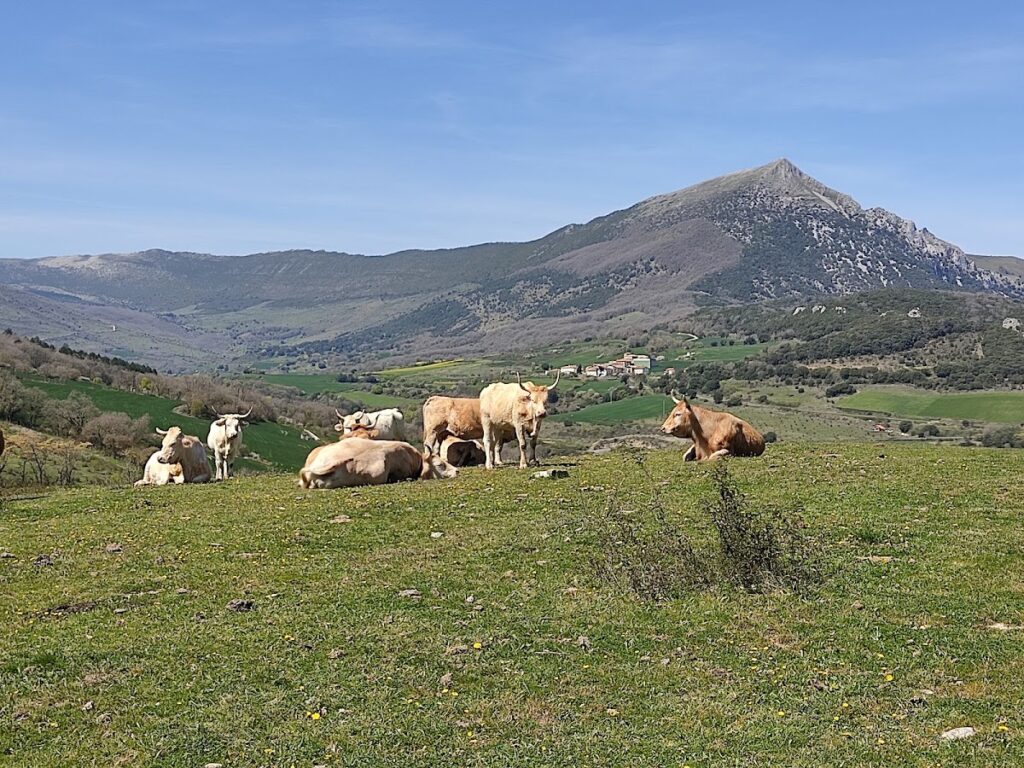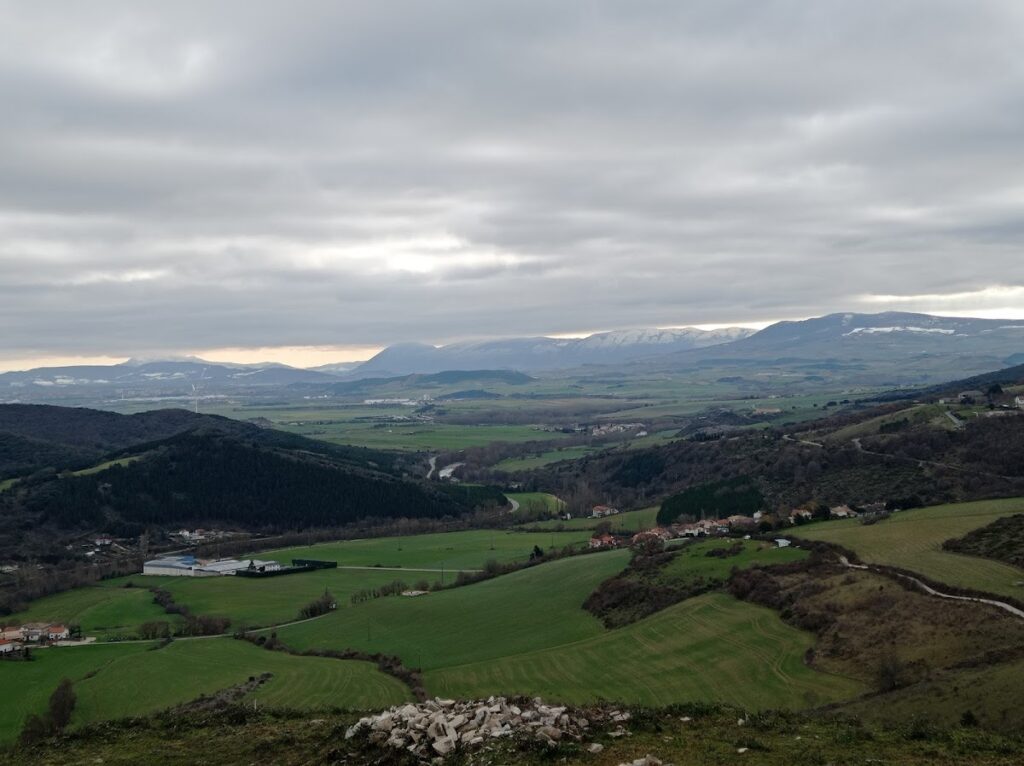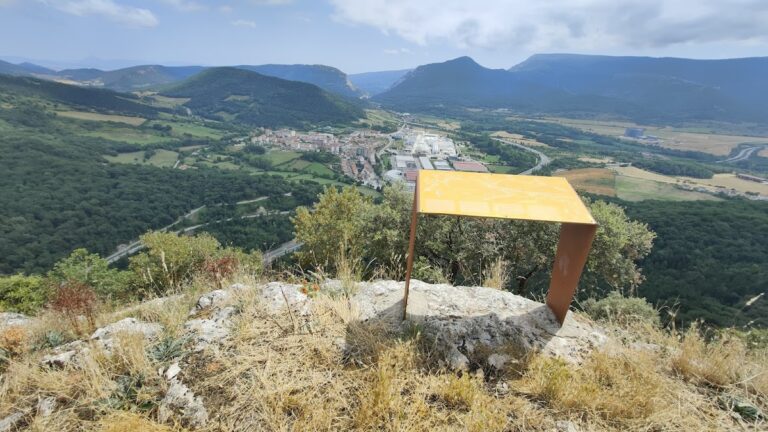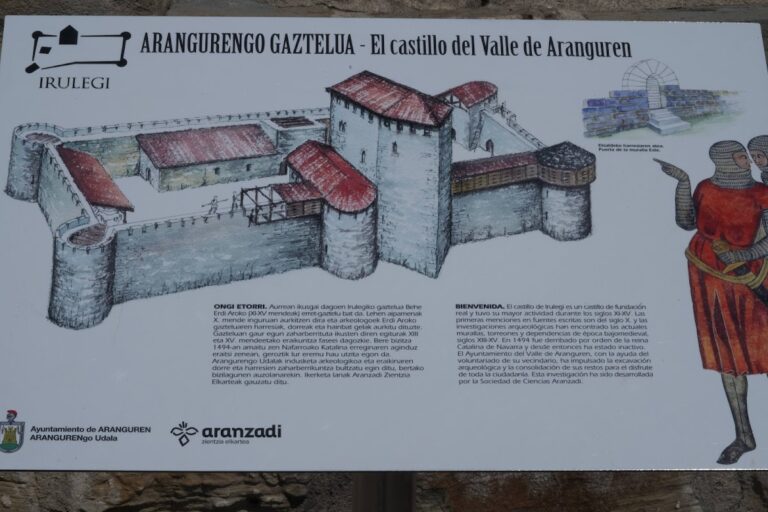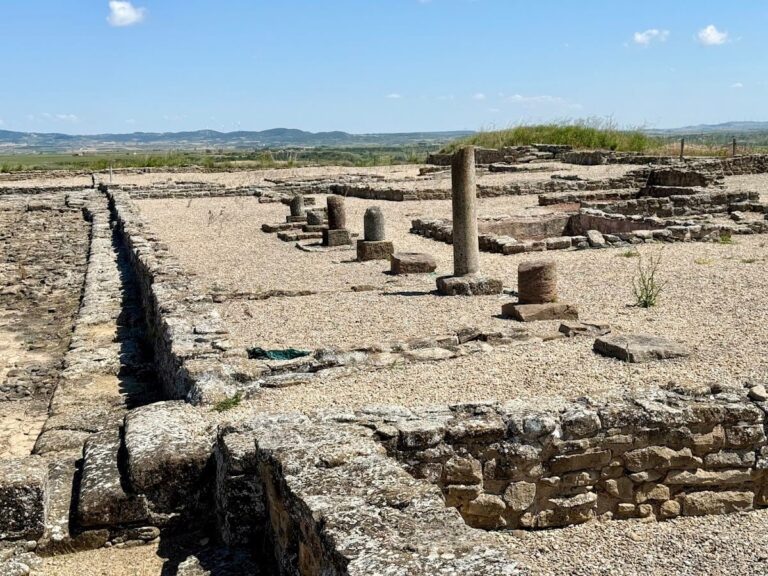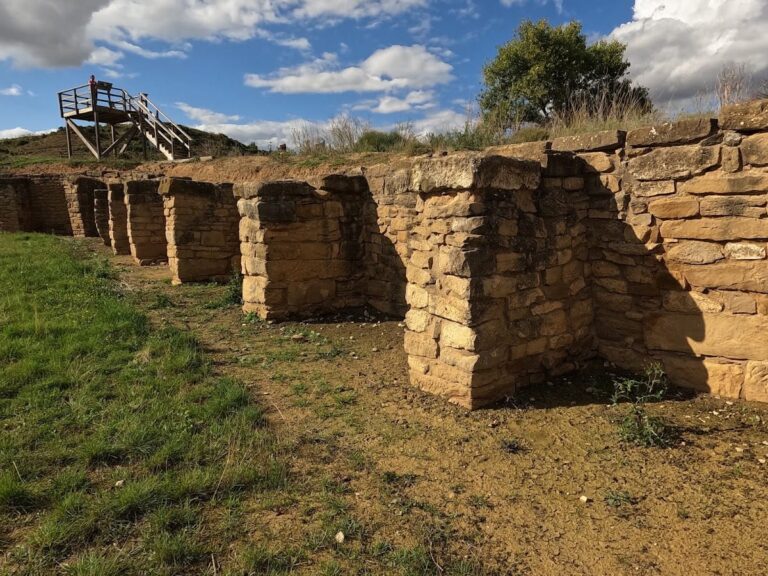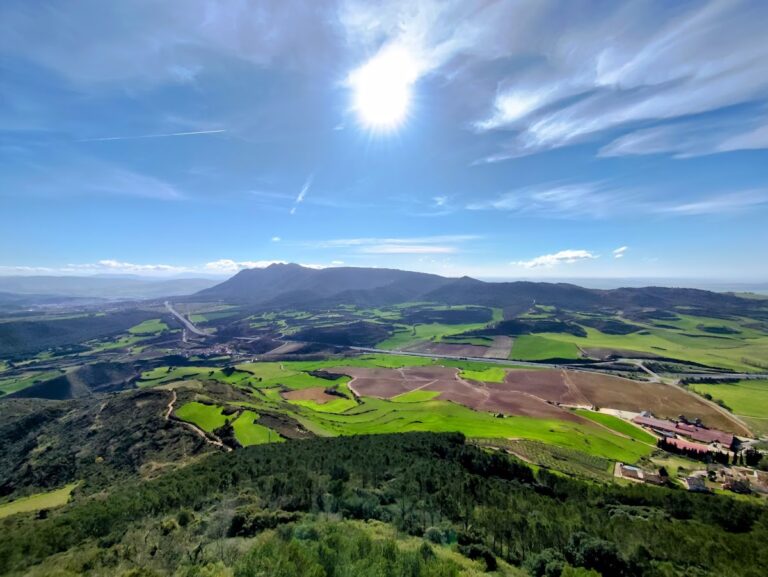Castle of Garaño: A Medieval Fortress in Navarra, Spain
Visitor Information
Google Rating: 4.6
Popularity: Very Low
Google Maps: View on Google Maps
Country: Spain
Civilization: Unclassified
Remains: Military
History
The Castle of Garaño stands within the municipality of Ollo in Spain and was originally constructed by medieval Christian settlers during the Kingdom of Navarra period. It occupies a strategic position roughly 600 meters above sea level on a rocky hill that oversees the surrounding villages and valleys.
The site traces its origins back to the Middle Ages, when a nearby settlement known as the villa de realengo Garaño thrived until approximately 1350. This village, now disappeared, gave its name to the castle and the surrounding valley, which included several small communities and monasteries. Archaeological findings such as 11th-century coins indicate that the fortress was active from at least the 11th century, making it one of the earliest fortified structures in the Pamplona area and the wider Navarra region.
During the late 13th century, the castle played a key military role, particularly in the conflict known as the 1276 War of Navarra. Its capture is recorded in a poem by the medieval troubadour Guihem de Anelier, highlighting its importance in regional power struggles. This historical event is still commemorated today in the carnival of the nearby villages of Eguíllor and Beasoáin, underscoring the castle’s lasting cultural impact.
At some point, Garaño served as a semi-residential fortress, believed to have housed Lancelot of Navarra, the illegitimate son of King Charles III of Navarra. The castle formed part of a network of defensive sites along key mountain passes, including nearby fortresses such as Orarregi, Aixita, and Sardea, securing important routes through Larraun and Osquía.
Some historians, among them Jimeno Jurío and Juan Manuel Osés Ilzarbe, have suggested that Garaño might correspond to the legendary Arab fortress referred to as Sajrat Qays in early medieval chronicles dating between the 8th and 10th centuries. Although this identification remains debated, it points to the area’s complex history during the period of Muslim incursions and Christian reconquest.
The castle’s final chapter came in the early 16th century when it was deliberately destroyed in 1512. This demolition was among the first ordered to suppress local resistance during the consolidation of Castilian military power in the region. After centuries of decline and ruin, archaeological investigations began in 2010 to uncover and preserve what remained of this historic site.
Remains
Today, the Castle of Garaño survives as a collection of ruins atop a commanding rocky outcrop. The defensive complex originally included a circular inner enclosure surrounded by an outer wall, fragments of which can still be seen. The castle’s crowning feature was its keep, or tower of homage, which had a circular base shaped like a truncated cone. Historical records describe this main tower as having multiple floors, external scaffolding for access, and sentry boxes for guards. It suffered significant damage from a lightning strike in 1347, which partially destroyed the structure.
In addition to the main tower, the fortress contained several other buildings and installations. A large house for guards stood within the walls, situated beside a cellar used for storage. The presence of a chapel inside the castle grounds is documented, enriching the site’s religious importance, along with a kitchen and a palace that served residential purposes. Three additional towers were incorporated into the outer defensive wall, enhancing the castle’s security.
Archaeological evidence points to a sizable water cistern, or aljibe, facing south. This feature was crucial for collecting and storing water to sustain occupants during sieges or dry periods. Its considerable dimensions suggest it played a vital support role within the fortress.
A 16th-century legal document mentions a church dedicated to San Salvador located within the castle’s domain. This church was distinct from the nearby village’s church named after San Miguel, indicating that religious facilities were integral both to the fortress and the surrounding communities.
From the highest point of the castle, it was possible to visually connect with other neighboring fortifications in the defensive network, including Orarregi, Aixita, and Sardea. This line of sight offered strategic advantages for communication and coordinated defense across the mountain passes overseen by these structures.
Overall, what remains of Garaño today—walls, towers, and foundations—offers valuable insight into the castle’s form and role throughout its several centuries of use. Ongoing archaeological work since 2010 has helped clarify the layout and recover the castle’s historical footprint from beneath the natural overgrowth that once concealed it.
